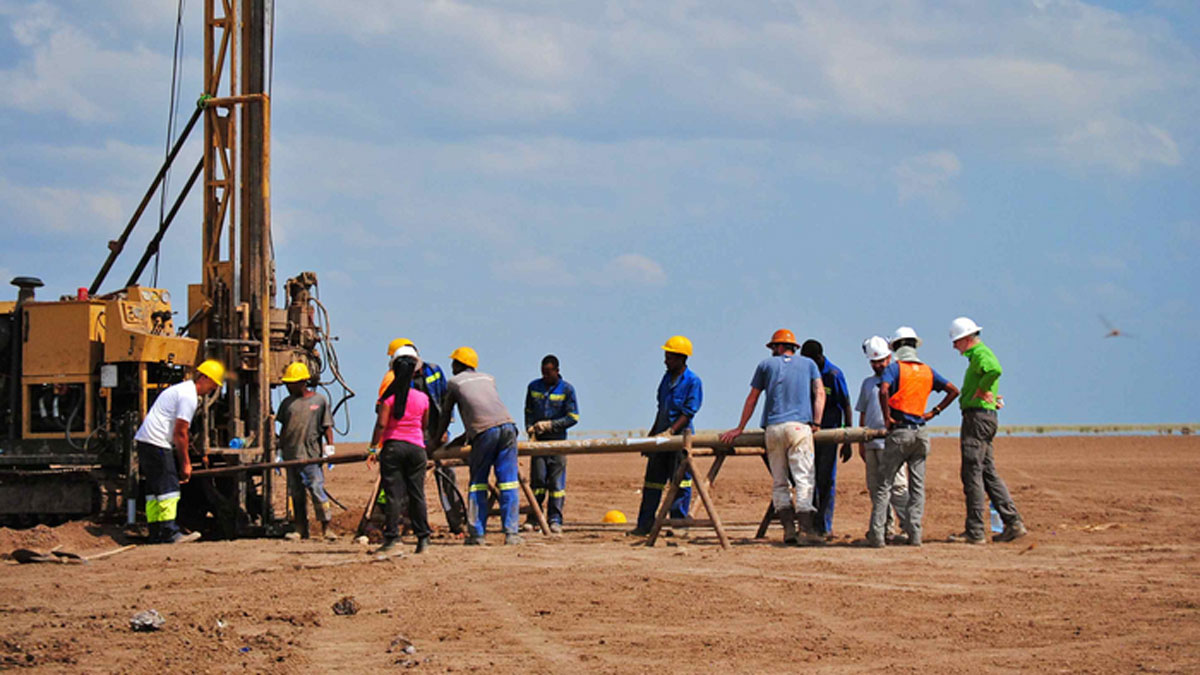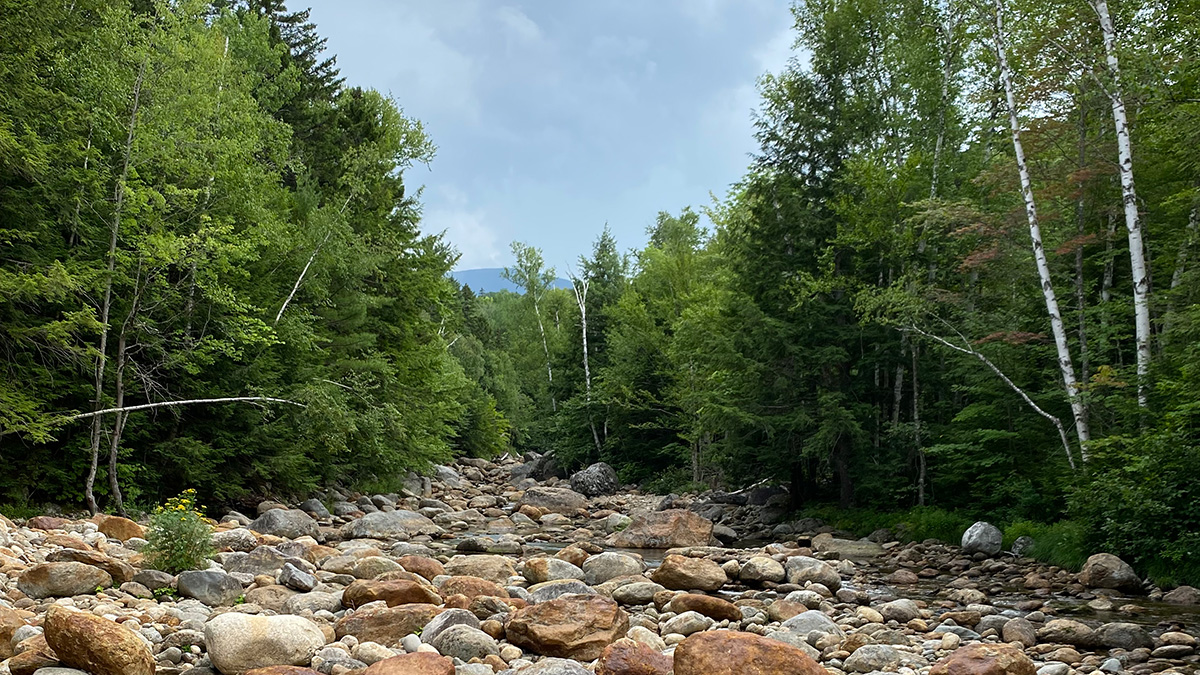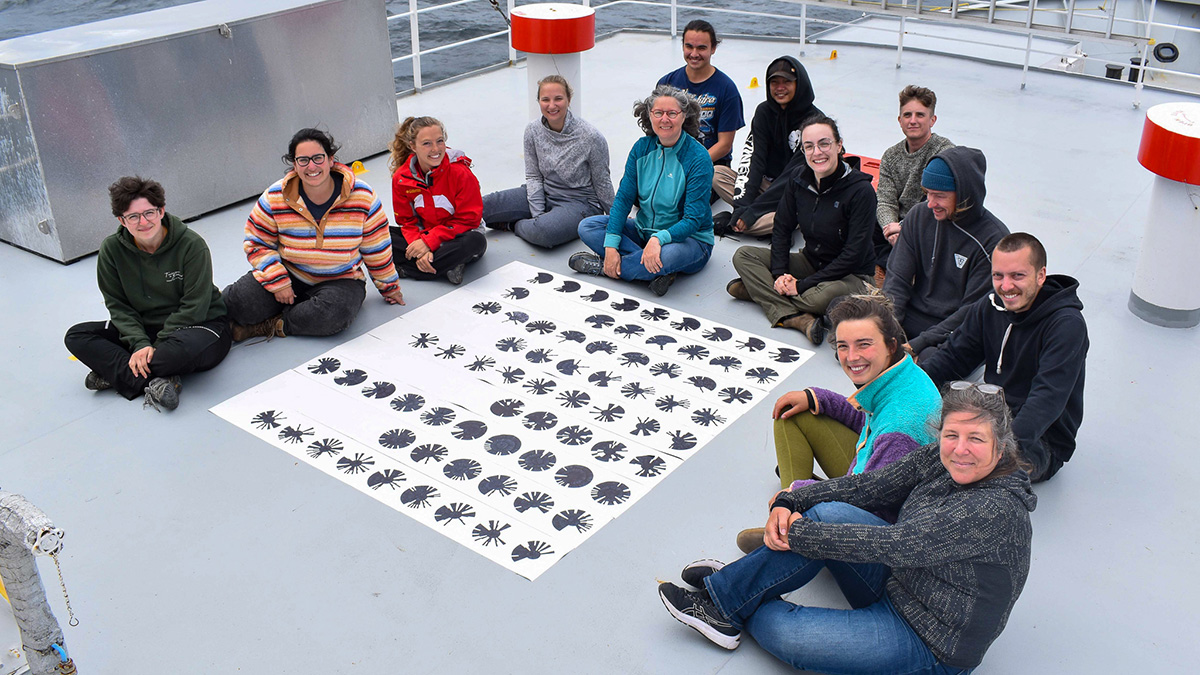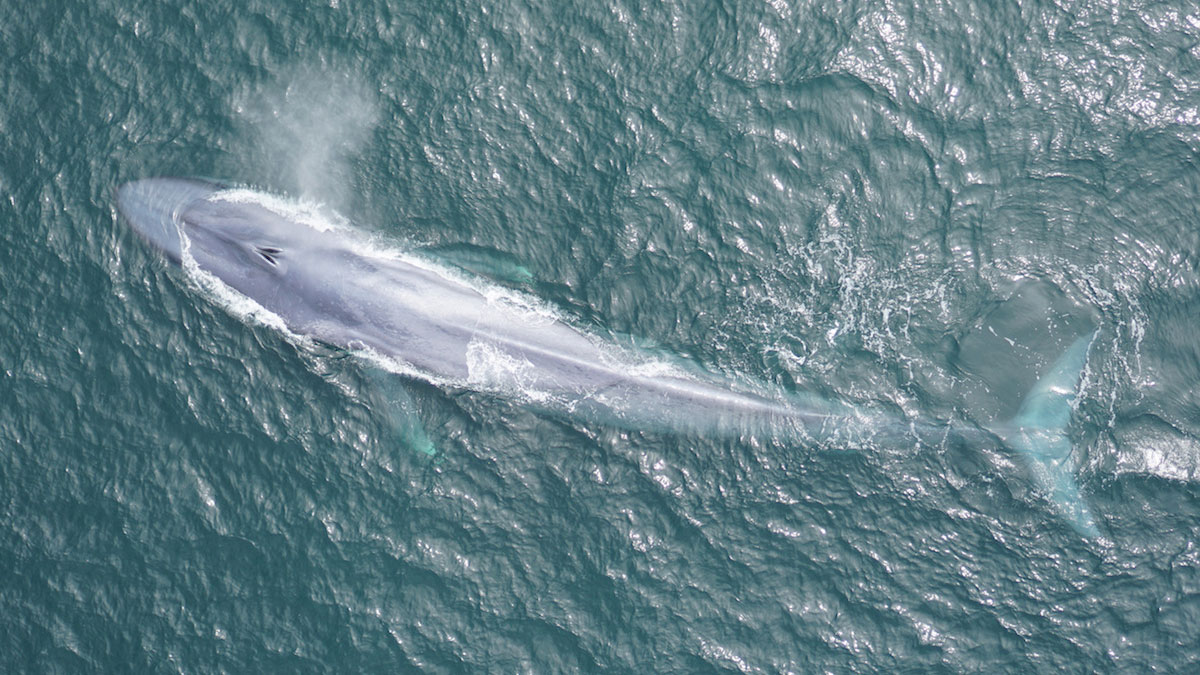A new 620,000-year climate record from East Africa reveals dramatic swings between wet and dry conditions that may have influenced human evolution.
News
Reaching New Levels in Groundwater Monitoring
As regions around the world face record-breaking droughts, researchers are using seismology to track groundwater levels and show that sustainable policies reduce strain on aquifers.
Salt Spray May Stifle Lightning over the Sea
New research suggests that sea-salt aerosols seed large raindrops that starve clouds of water needed to make lightning. But not all scientists are convinced it’s simply about salt spray.
Una explosión de radiocarbono del pasado
El fechamiento por radiocarbono es un pilar de la climatología y la arqueología. Sin embargo, esta metodología se encuentra amenazada por las emisiones de combustibles fósiles, que invalidan una señal útil proveniente de pruebas nucleares.
U.S. Streams Are Drying Up
A new study reports that streamflow drought is getting more intense in some parts of the United States, a phenomenon that is stressing the nation’s water policy and infrastructure.
An Inclusive Approach to Oceangoing Research
The bread and butter of oceanography, sea voyages rarely include minoritized communities and nonscientists. The Inclusion Mission wants to change that.
Este no es el ciclo del agua que conociste en tu infancia
El USGS (servicio geológico de los EE.UU.) acaba de sacar un diagrama del ciclo del agua completamente renovado, con los humanos como protagonistas.
Scientists Tune In to Blue Whale Feeding Rhythms
New acoustic sensing technology is allowing scientists to track blue whale movements in real time, a breakthrough that could help save whales’ lives.
Stalagmites Show Evidence of Prolonged Droughts in India
A new study using oxygen isotopes reconstructs a prolonged record of India’s summer monsoons, showing much greater variability than modern data sets.
Warmer Winters Keep Crops Sleepy into Spring, Hurting Yield
Annual crops go dormant during winter. Frosty temperatures cue them to wake up—but the warmer winters brought on by climate change scramble the cold signal, hurting yield.










